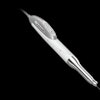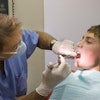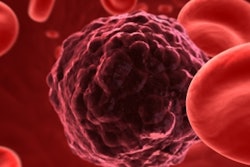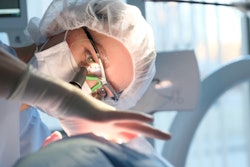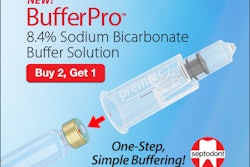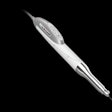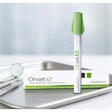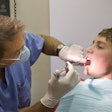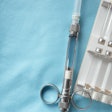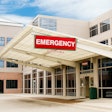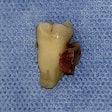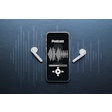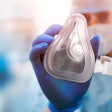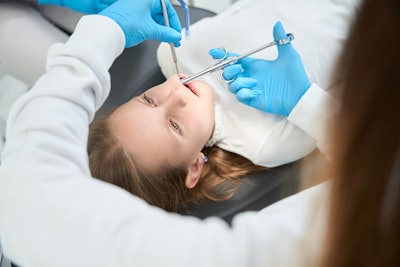
The use of low-level laser therapy may reverse soft-tissue anesthesia faster in pediatric dental patients, according to a study recently published in the International Journal of Paediatric Dentistry.
Anesthesia reversal not only cuts down on the risk of soft-tissue injuries, but it offers pediatric dentists greater control and adaptability during dental procedures, the authors wrote.
"Patients and their guardians will likely appreciate the ability to recover the sensation rapidly and return to normal activities without prolonged numbing effects," wrote the authors, led by Hend Othman of the faculty of dentistry at Alexandria University in Egypt (Int J Paediatr Dent, May 29, 2024).
Soft-tissue anesthesia following inferior alveolar nerve block (IANB) anesthesia can last a maximum of five hours. Therefore, reversing anesthesia after dental treatment sooner may help prevent patients from experiencing injuries to soft tissues, according to the study.
To investigate whether low-level therapy with a 660 nm diode laser can reverse anesthesia sooner, a randomized controlled clinical trial comprising 32 children ranging in age from 5 to 8 was included in the study. Of these children, 16 were given anesthesia, underwent a procedure like a restoration, and were exposed to laser therapy. The other 16 children were given anesthesia and underwent a procedure but did not receive laser therapy.
To monitor soft-tissue anesthesia reversal, lip tapping, the current perception threshold (CPT) test, and the pediatric functional assessment battery in which children were tested by being asked to grin broadly, say 10 words out loud, drink 3 oz. of water, and have drooling documented.
Compared to the control group, the children who underwent photobiomodulation showed significantly faster recovery to normal sensation (p < .0001), with a median time of 115 minutes based on lip tapping assessments and 60 minutes based on CPT tests, respectively, the authors wrote.
Also, the low-level laser therapy group showed considerably faster recovery to normal function (p = .016), and the occurrence of soft-tissue injuries in the form of redness was significantly higher in the control group (p = .022), they wrote.
The study had limitations. Since lasers can be costly to buy and maintain, this factor may limit their availability in some practices, the authors wrote.
To obtain more conclusive results, more studies that explore different wavelengths, combinations of two wavelengths, and energy densities in varying age groups should be conducted. Further research may lead to a further reduction in anesthetic time, which may lead to the development of a standard pediatric photobiomodulation protocol, the authors wrote.
"Photobiomodulation using a 660 nm diode laser can be considered as an efficient approach to minimize STA (soft tissue anesthesia) and STI (soft tissue injury) after dental interventions," Othman et al wrote.

